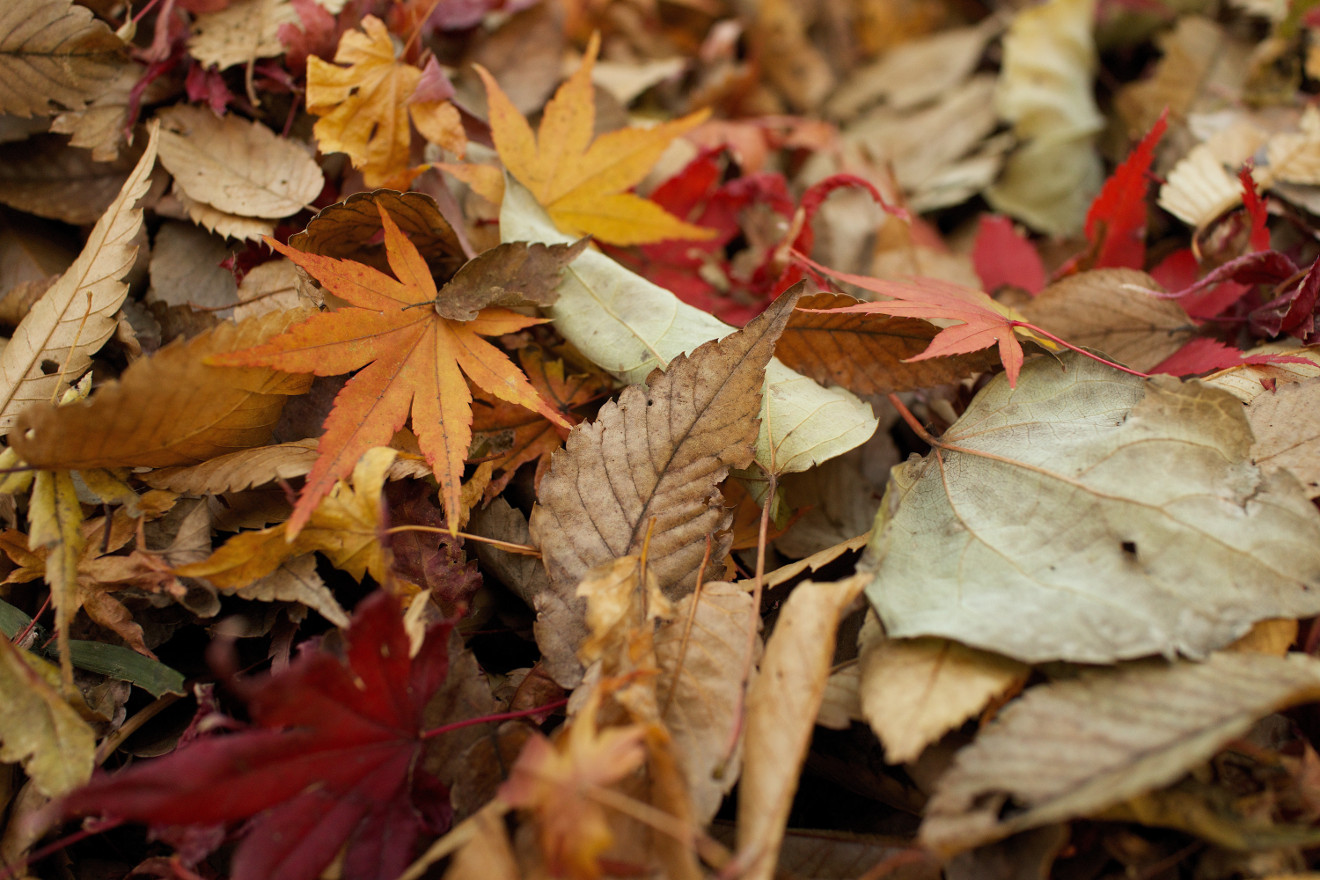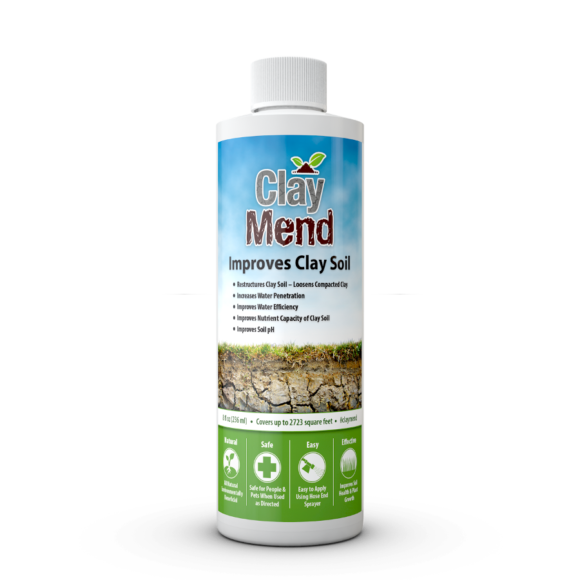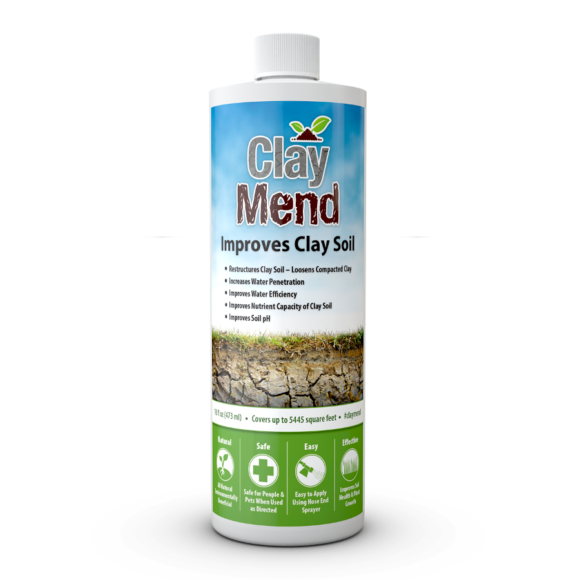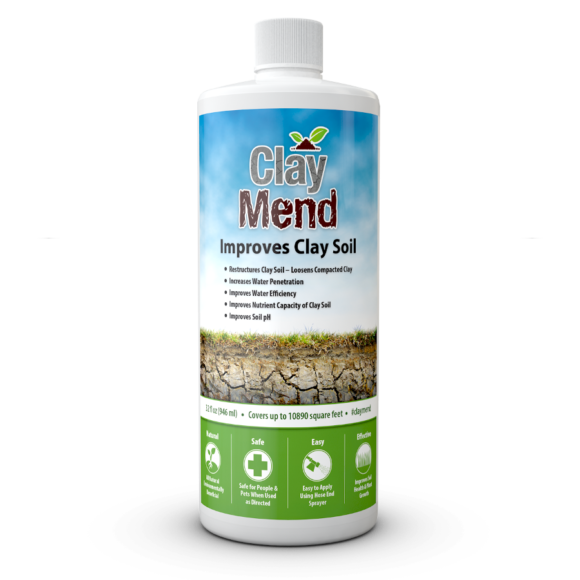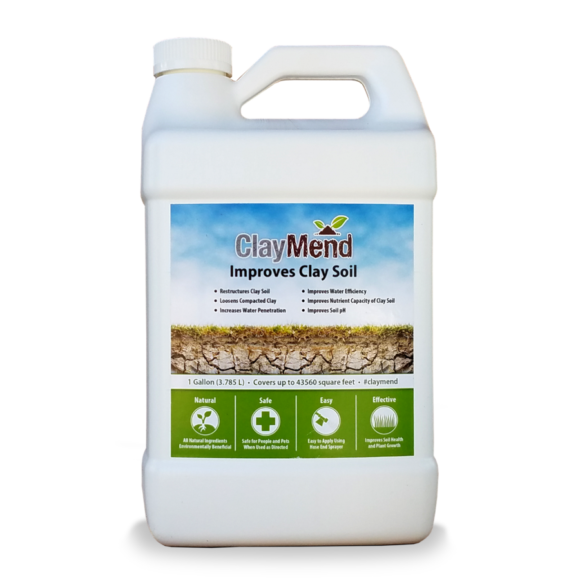We all want soil that is nutrient rich and open and porous when we start our gardening in the spring. This is rather difficult for those of us who have clay soil. Fall is an excellent time to start preparing your clay soil for a spectacular spring garden.
Fall Clay Soil Garden Preparation for Spectacular Spring Gardens
When your fall harvest has been completed it is time to take the remaining plant material and turn it into the soil. There it can breakdown over the winter. This is an ideal time to add compost to the soil as well. The old plant matter will return nutrients that remain in it into the soil as they breakdown in the off season. It is during this time that the biological activity that works to break down the old plant matter is not competing with new plant growth. It gives time for the nutrients to be extracted and stored on clay particles or on organic carbon. For areas that remain warm throughout the year this applies at the end of your harvest season.
Ways to Prepare
Mechanically turning or aerating the soil with a shovel, hoe, tiller or power aerator can also help temporarily. However, the dense clay structure will return as water moves the small clay particles back into the created air spaces. This is a great time to think about amending your soil to help with soil pH, soil structure, sodium in the soil, excess fertilizer salts, etc.
Sand may help increase the size of the soil particles. However sand does not have the ability to hold nutrients or water. Without addressing sodium and dispersion it can just add physical structure and essentially create concrete.
Compost will help add organic matter and build the humus of the soil but without addressing salts and dispersion will not help to soften the physical structure of the clay.
Gypsum can help to remove salinity from soils and replace it with calcium. The calcium will help against the clay dispersion. It aids in improving the structure of the clay by lessening the density. However it can increase the soil pH which can be a problem in clay soil already having a high pH. The drawback is these benefits can be short lived.
Lime, or ground limestone rock, helps make soils less acidic (raises pH) and adds calcium. Clay has a high pH so adding lime can actually be detrimental to clay by further increasing its pH. The calcium will help against the clay dispersion. It aids in improving the structure of the clay by lessening the density. Again the benefits can be temporary.
Less Burden, More Life™
ClayMend is a better solution since it improves clay soil in many areas.
- It helps to break the old plant residue down returning their nutrients to the soil. During this process production of beneficial humus occurs and eventually the organic carbon becomes free and made available for nutrient storage in the soil.
- It can remove salinity from the soil and permanently bond sodium responsible for the destructive dispersion of clay without increasing the pH of the soil. Salinity often comes through irrigation and as new salt is introduced additional ClayMend may be required.
- It works to restructure the soil over time to give a more porous texture making air and water available to roots and reducing the restriction of roots inherent to untreated clay soil. The microbes restructure the clay and the clay still retains its ability to hold nutrients.
- It can assist in the processing and break down of additional compost in the soil. This helps in working to improve soil structure. We always encourage adding organic matter such as old plant material and other compost into the soil when possible.
- It helps control sodium and process excess fertilizer salts that can become captured in the clay.
- It works to move the soil pH toward neutral which can free up nutrients caused by alkaline tie up.
ClayMend will help improve many aspects of the soil preparing it for a spectacular spring garden. Cumulative improvements can result with repeat applications. Space applications 4 to 6 weeks apart.


